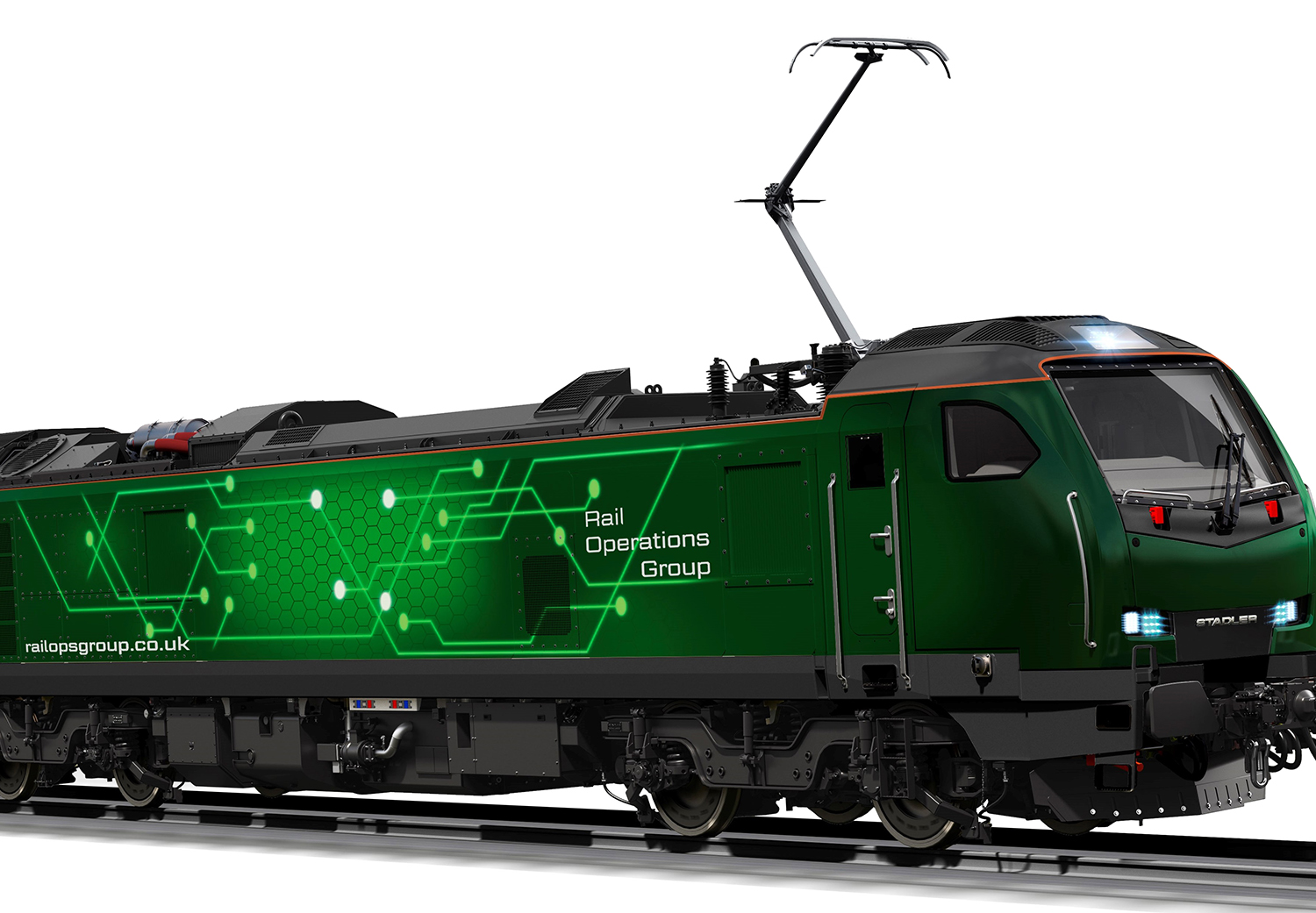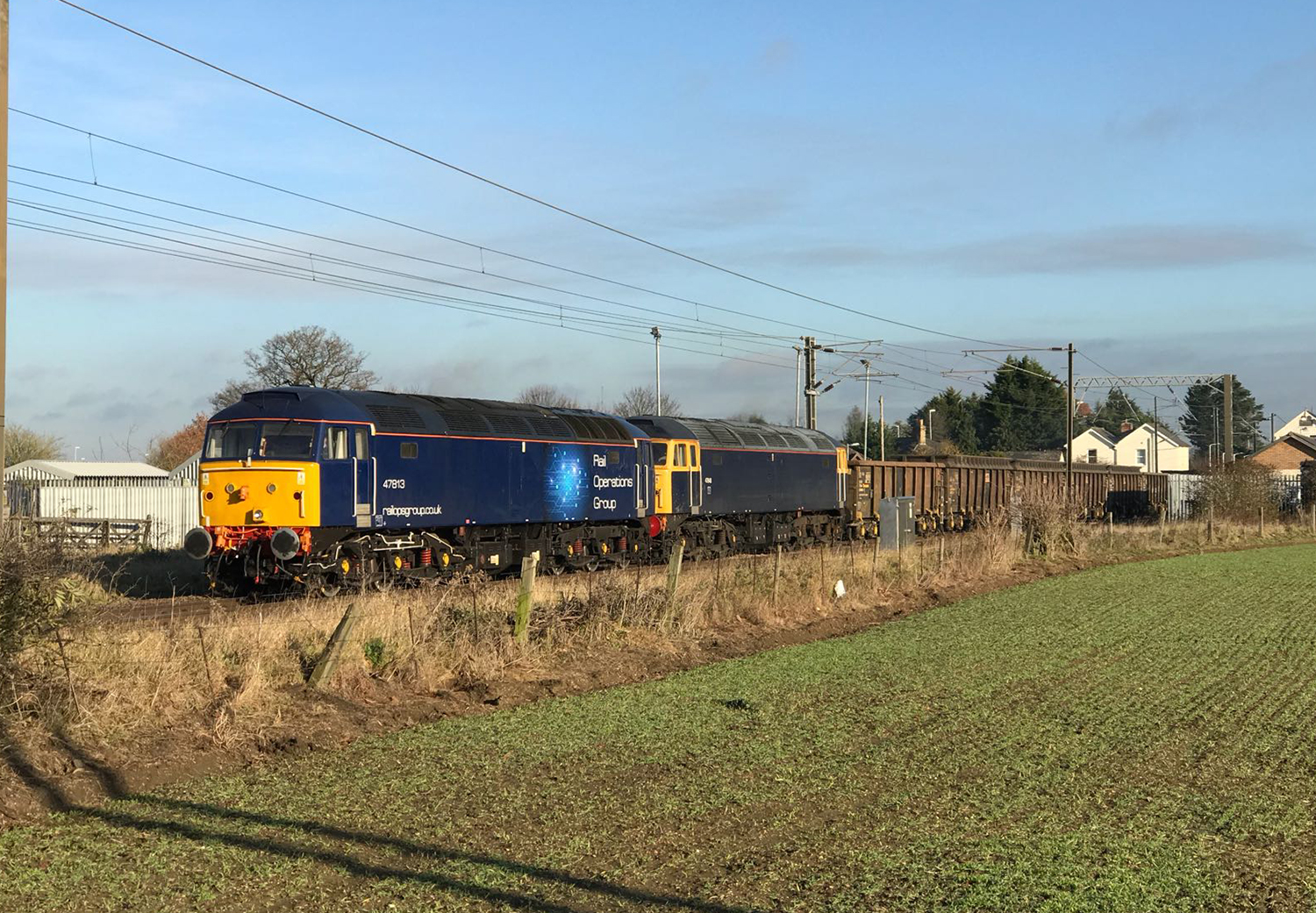Are you sure about that? 66s can provide a much higher tractive effort than the 93. It doesn't matter what power you have at the rail, if the locomotive does not have the tractive effort to be able to apply that power.
Consider the worst case of a standing start with an 1800t maximum intermodal on a 1.53% gradient. With the 93 weighing 86t, the tractive effort needed will be 0.0153 x 1886t = 28.85t = 283kN.
The tractive effort available from the 93 is claimed to be just 290kN, presumably under the best conditions. So no margin for error. If that maximum pulling force is reduced in any way by poor rail conditions or any other reason, then the 93 will spin its wheels and the train will get stuck.
Of course, in real life , amtrain on the GOBLIN line will have momentum at the bottom of the gradient, and will coast up and over the hump over the GEML, but I'd be surprised if NR allows the margins to be so tight.
== == == ==
Now consider the WCML. If I were running a FoC looking to use the 93 over Shap and Beattock, I'd want a 50% safety margin on tractive effort. On a 1.4% gradient, that means a maximum trailing load of 145kN/9.8/0.014 - 86 = 970 tonnes.
Because of its higher power (4.6MW), the 93 will be able to pull those 970 tonnes up the hill at nearly three times a fast as a class 66 (1.85MW). But it all depends on what tractive effort the 93 is able to deliver in real life, on wet rails, in leaf fall season. Which is why real life tests with a heavy train are going to be so important for the future of the 93.
I'm really keen to see what maximum trailing load is eventually allowed for the 93 over that section of the northern WCML. I bet it won't be 1800t.
This graph showing the tractive effort of different classes is quite interesting. It looks to me like the max figure is held at 290kn until about 35mph.

Image shows a graph of tractive effort of different class taken from the following article:

Class 93 tri-mode locos on order - Rail Engineer
Listen to this article Rail Operations (UK) has signed a framework agreement with Stadler for the supply of 30 Class 93 tri-mode locomotives, of which an initial batch of ten locomotives will be due for delivery in early 2023. While the Class 93 concept was first proposed in 2018, it was not...
 www.railengineer.co.uk
www.railengineer.co.uk
Rail Operations (UK) has signed a framework agreement with Stadler for the supply of 30 Class 93 tri-mode locomotives, of which an initial batch of ten locomotives will be due for delivery in early 2023. While the Class 93 concept was first proposed in 2018, it was not possible to secure funding for this order until Rail Operations was acquired by STAR Capital Partnership in January.
The Class 93 is a Bo-Bo locomotive based on Stadler’s Class 68 and Class 88 locomotives that have been operating successfully in the UK for some years. It was described in detail in the Rail Engineer article Re-engineering Rail Freight (see Issue 185, July/August 2020) and has a maximum speed of 110mph.
Stadler’s first tri-mode locomotive has three different power sources. In electric mode, it can run on 25kV AC overhead lines with a power of 4,000 kW. Its Caterpillar C32 engine has a nominal power of 900kW, which can be boosted by 400 kW for short periods (whilst accelerating or going up gradients) by the Lithium Titanate Oxide (LTO) battery pack when operating on non-electrified lines. Shunting operations can be powered by the batteries alone.
Last edited:



